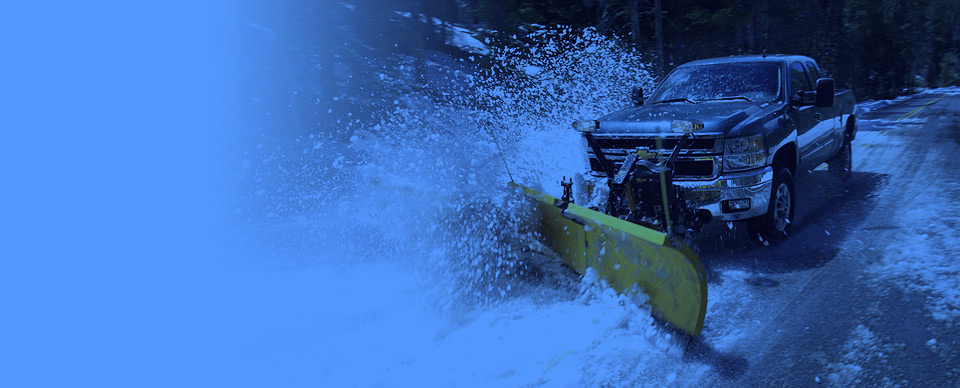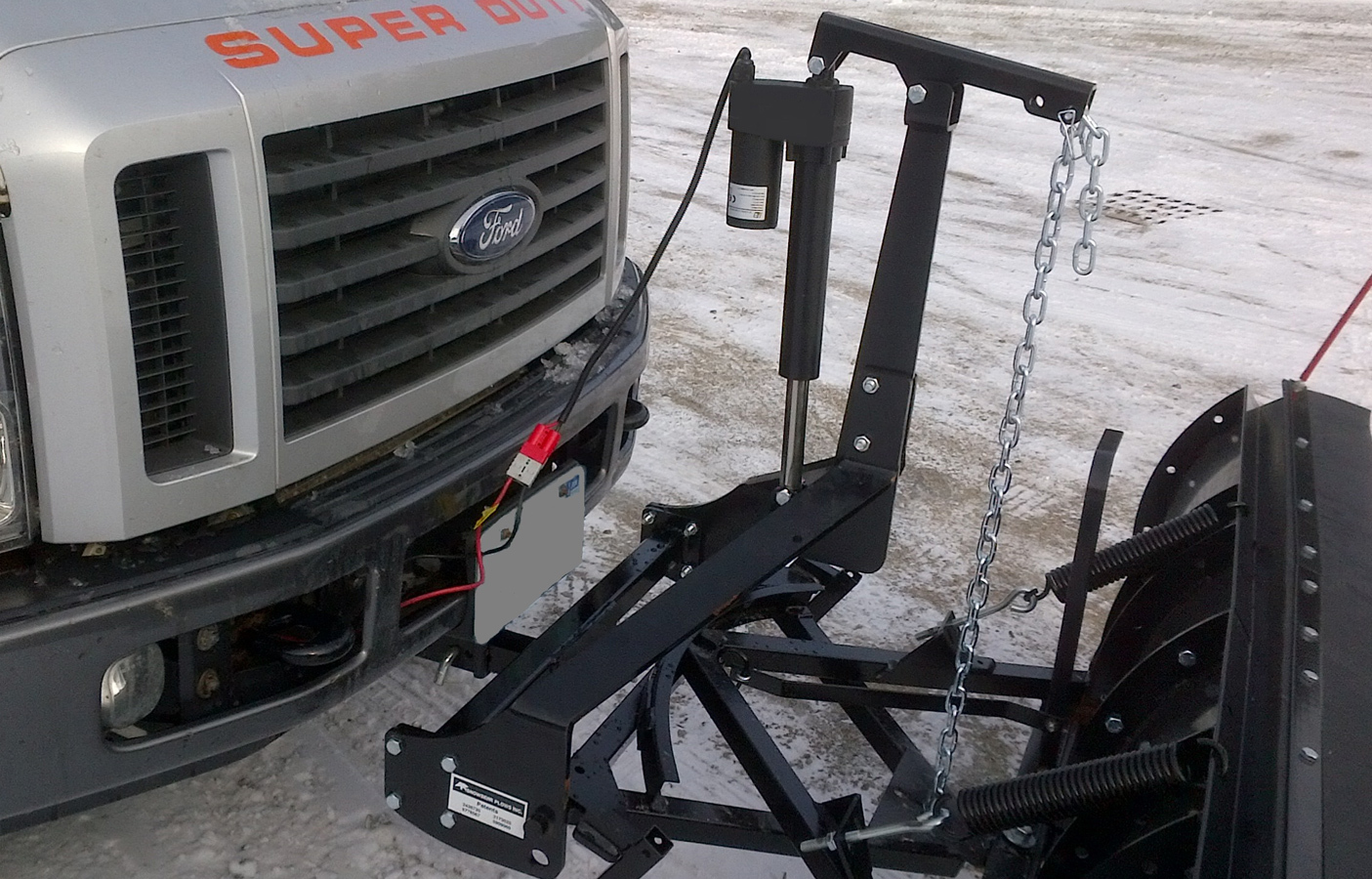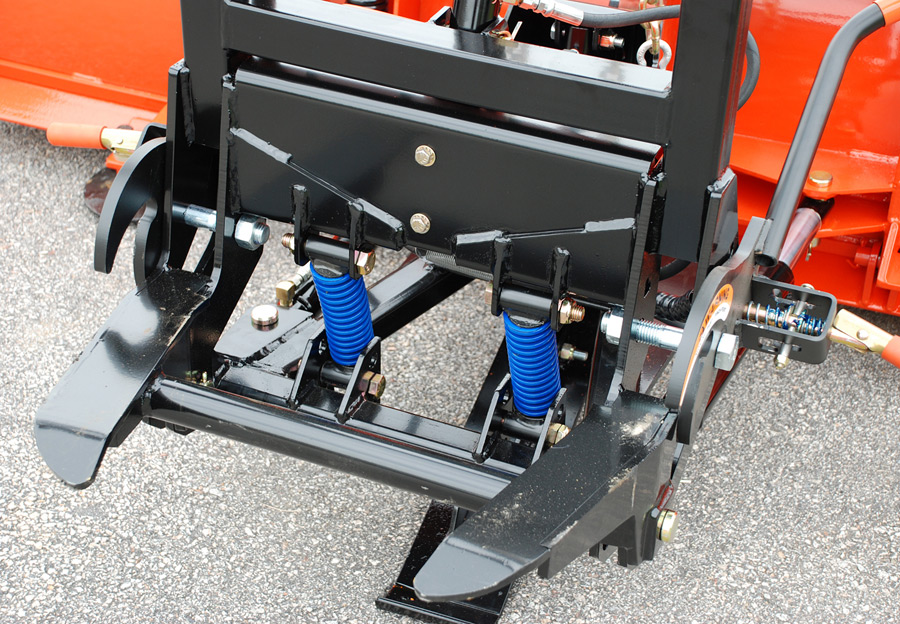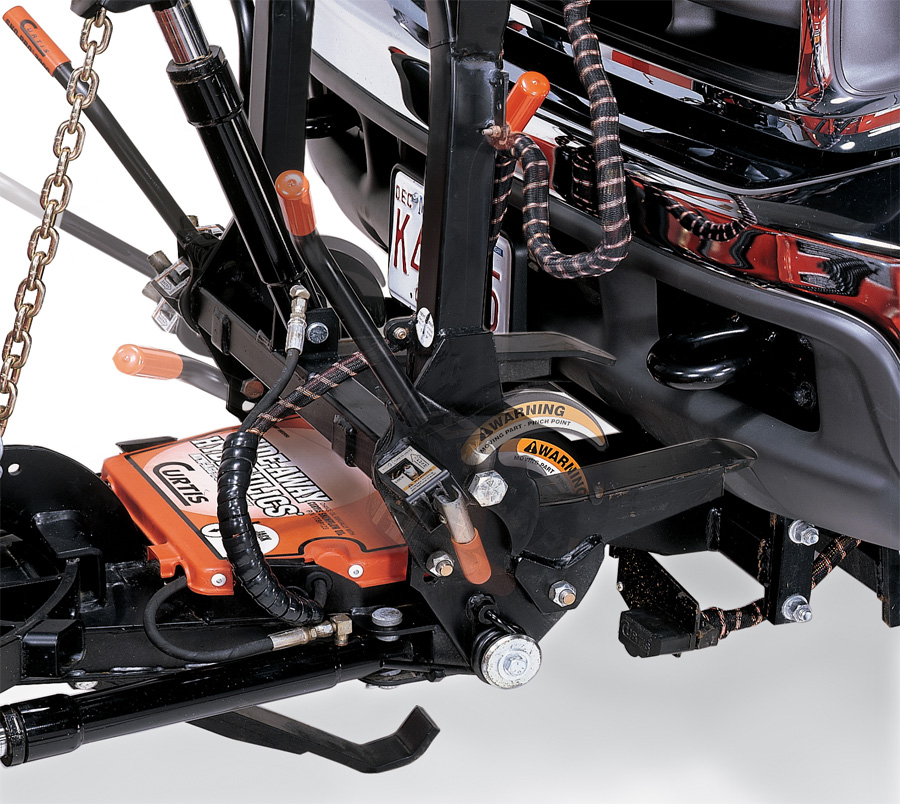
Direct Hydraulic Lift vs Chain Lift Snow Plow Systems: The Ultimate Guide
Quick Navigation:
So you’re thinking about upgrading the Ford F150 or Dodge Dakota to include a snow plow? And now you’re looking at options and coming up with more questions than answers? Snow Plows Direct is here to help. If you’ve got a question, chances are we’ve heard it and answered it ten times over.
You may have already noticed that there are two basic lift systems when it comes to snow plows, direct hydraulic lift like the Meyer Home Plow, or chain lift like the SnowBear Hydraulic Snow Plow (yes, the SnowBear has a hydraulic as well, but it’s not a direct hydraulic, because the hydraulic is used to lift and lower a steel chain). Now if you’re wondering what the differences are between a Direct Hydraulic Plow and a Chain Lift Plow, read on – you might find we’ve answered your question below.
What's the Standard?

In this day and age, there is no standard. The chain system (powered by hydraulic or winch) has been around longer – since the very early days of automotive snow plows actually. However the hydraulic system is no rookie – this type of set-up has more than 25 years under its belt.
Hydraulic systems have probably taken the lead in popularity over the past couple of decades, but even with a quarter century of these two systems duking it out, you’ll still see loyalists to each type. Sort of like college football fans, you’ll find that some plowsters picked a favorite long ago and don’t plan on changing their minds anytime soon.
How High Can Each System Pile Snow?
Despite what purists of either type will tell you, they should each stack just as high. The height at which you can pile up your snow mounds has little to do with whether you have a chain lift or a direct hydraulic, in ideal conditions they’ll both do just fine.
The height of your Mount Snowmore will have a lot more to do with the conditions of the snow (light & powdery vs heavy & wet), the temperature outside (thirties vs below zero), and the vehicle you’re using (Chevy Silverado or Ford Ranger vs the neighbor kid’s tricycle).

Which System Offers a Smoother Ride?
While you’re plowing snow, you likely won’t feel any bounce from either style – but while driving at full speeds you may experience some bouncing with both.
The simple way to avoid bouncing is to keep your plow in the fully raised position. When your hydraulic plow is partially raised, small amounts of air in the hydraulic pump might allow the blade to bounce when your truck rides over bumps. Similarly, a partially raised chain lift plow will have some amount of slack in the chain. Keep your blade fully raised as you travel from site to site, and any plow you install should be stable as a table.
What Do I Do If There’s a Mechanical Failure?
While complete mechanical failure is unlikely, it’s still best to never say “never.” If you’re sporting a hydraulic system it’s best to keep a ratchet strap on hand, in case you need to manually lift your blade and keep it up while you drive your Nissan Titan home. You can easily lift the blade once you’ve removed the upper pin on your lift cylinder.
For a chain lift system, you can often raise the chain yourself if your winch fails. But a ratchet strap is still a handy item to keep around – after all, if your chain snaps altogether, you’ll be up the creek and a ratchet strap could be your proverbial paddle.
Which System Does a Better Job?

The million dollar question: which type of plow is better at plowing snow? We don’t want to ruffle any feathers here and both styles are capable of performing great work – but the difference really comes down to how well each can follow the curves and contours of the surface you want to plow.
When hydraulic plows first hit the scene, loyalists to the chain system thought that meant the hydraulic would keep the blade pressed firmly and relentlessly to the ground. The results of this would be a damaged plow blade, and even damaged property at your plow site.
So thankfully, this is not how a hydraulic plow works. On the contrary, these plows are designed to raise and lower seamlessly over the bumps and curves in your driveway, street, or parking lot. In fact, since there are fewer moving parts a hydraulic plow can actually do this much faster and smoother than a chain lift plow. Don’t shoot the messenger, Chain Gang.
Questions?
We hope this answered some questions for you about the values and advantages of a chain lift plow versus a hydraulic lift plow. And of course, you could always go with a fully manual set-up, like the SnowSport LT, and take the risk of mechanical failure out of the equation. Have any questions you don’t see answered? Live chat right now with one of our product specialists, or give us a call at 855.386.6896 and be sure to check out our selection of the best snow plows.
